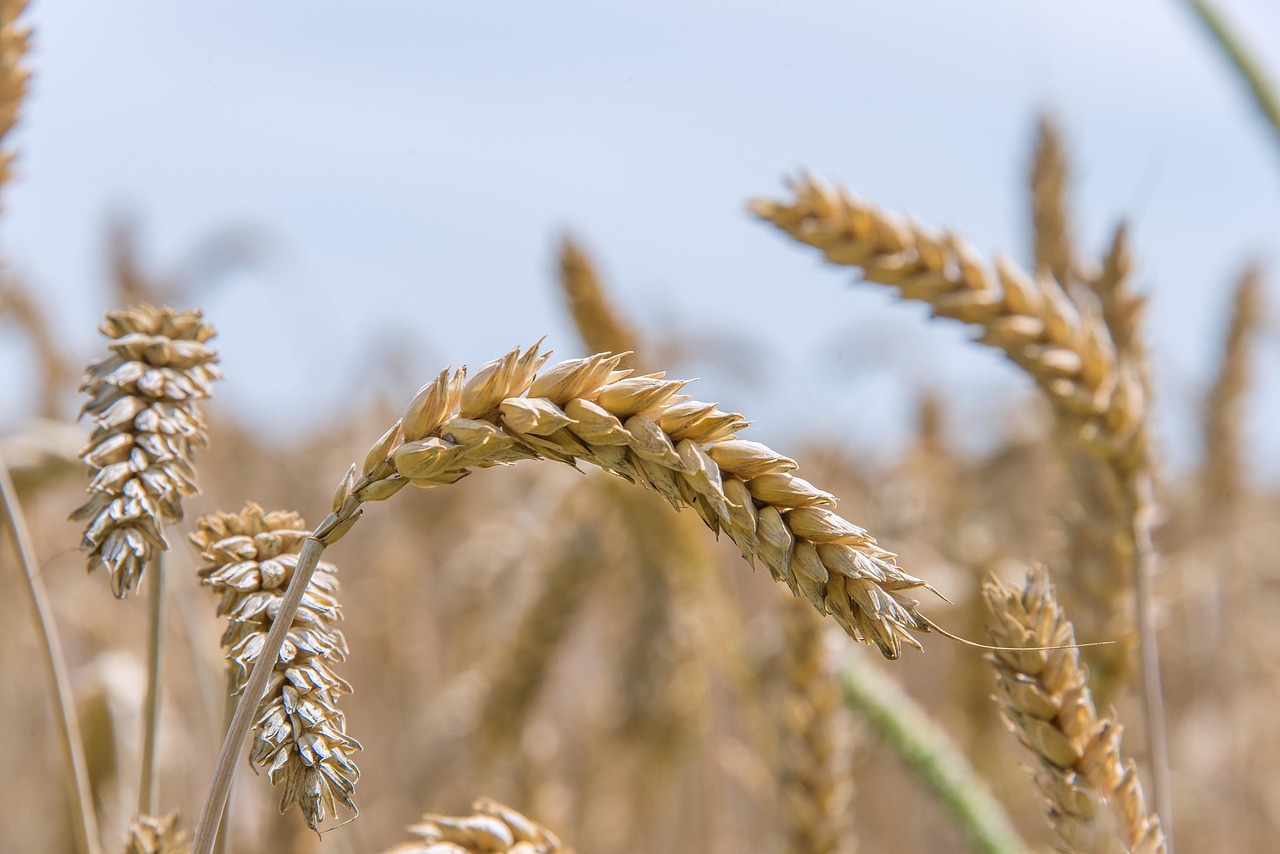Media release
From:
Circadian clocks of wheat can provide a window into the plant’s nutrient content and life cycle, finds new research that could improve agricultural production and crop resilience in a changing climate.
Published in New Phytologist, a study led by the University of Melbourne found that just like humans, circadian rhythms of Australian wheat differ between varieties and speed up with age, with potentially wide-ranging impacts on the regulation of biolgical processes.
By testing whether the internal rhythm of wheat may affect aspects of crop health and production, the researchers anticipate the findings can contribute to an emerging scientific concept called chronoculture, which exploits the understanding of biological rhythms in plants to improve agricultural production.
A key part of the study was to measure the timing of leaf senescence in wheat plants, which is a natural ageing process that takes nutrients out of leaves and redistributes them into the developing grains.
University of Melbourne Associate Professor Mike Haydon from the School of BioSciences said that a strong relationship between wheat circadian rhythms, senescence timing and grain nutrient content was discovered.
“From this, we propose that by measuring the circadian rhythms in wheat varieties we can estimate the rate of the plant life cycle,” Associate Professor Haydon said.
“Our findings tell us that small changes to the internal rhythms of wheat plants can have consequences for grain quality.”
Interestingly, the researchers found evidence that the ‘biological timekeepers’ within some wheat plants might not be optimally suited to their growing environment.
“Some wheat varieties might experience what we can effectively think of as chronic jetlag for plants, which as you can imagine would have negative consequences on crop health and production,” Associate Professor Haydon said.
The circadian clock of plants does not just control senescence and flowering. It is also involved in stress responses, photosynthesis and metabolism.
Co-author University of Melbourne Dr Christopher Buckley said there are many potential applications of chronoculture, particularly as the climate changes.
“Rising global temperatures will make some of the world’s arable regions unsuitable for agriculture, while other regions may, in turn, become more suitable for growth. In both cases, environmental characteristics are changing which is when chronoculture can be helpful,” Dr Buckley said.
“Increasing scientific knowledge of how the circadian clock functions in plants could help breeders to more quickly produce cultivars that are better adapted to be grown at different latitudes.”
By undertaking this research, the team hope to not only building better scientific knowledge of wheat plants but also sow the seeds for more resilient and productive crops in an uncertain climatic future.
The researchers are now surveying a larger set of wheat cultivars for circadian rhythms and agricultural traits to identify the most important genes underlying this variation.
“From these diverse plants, we hope to find new sources of variation in the circadian clock that could be used by breeders to develop crops that are able to maintain their yield in the face of climate change,” Associate Professor Haydon said.



 Australia; VIC
Australia; VIC


